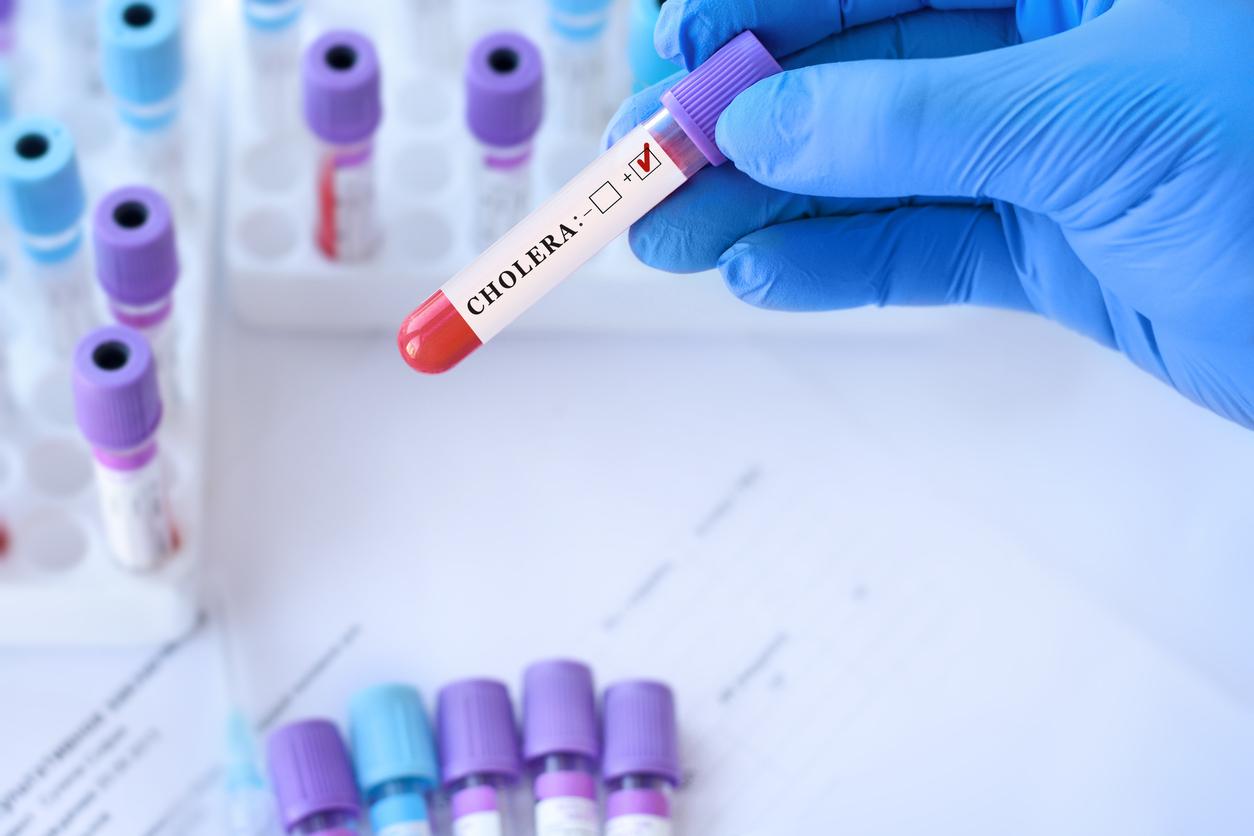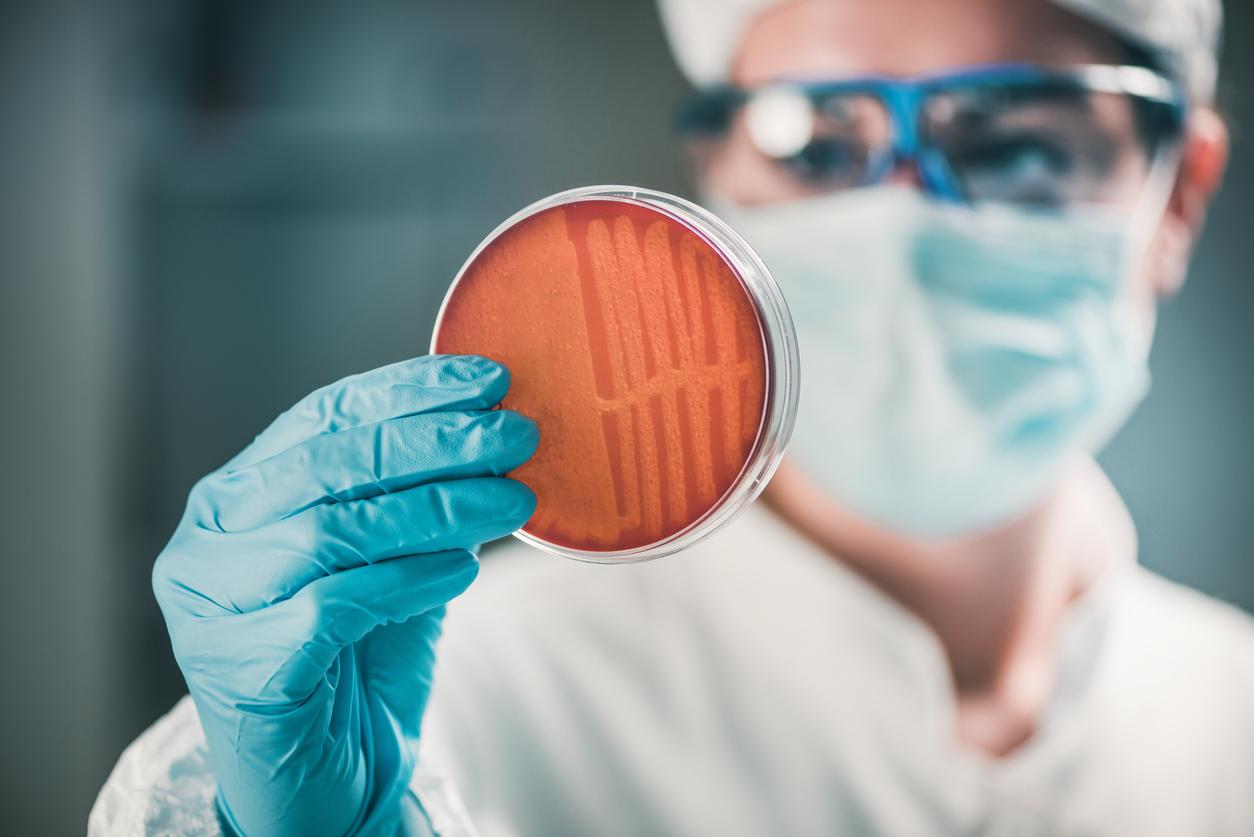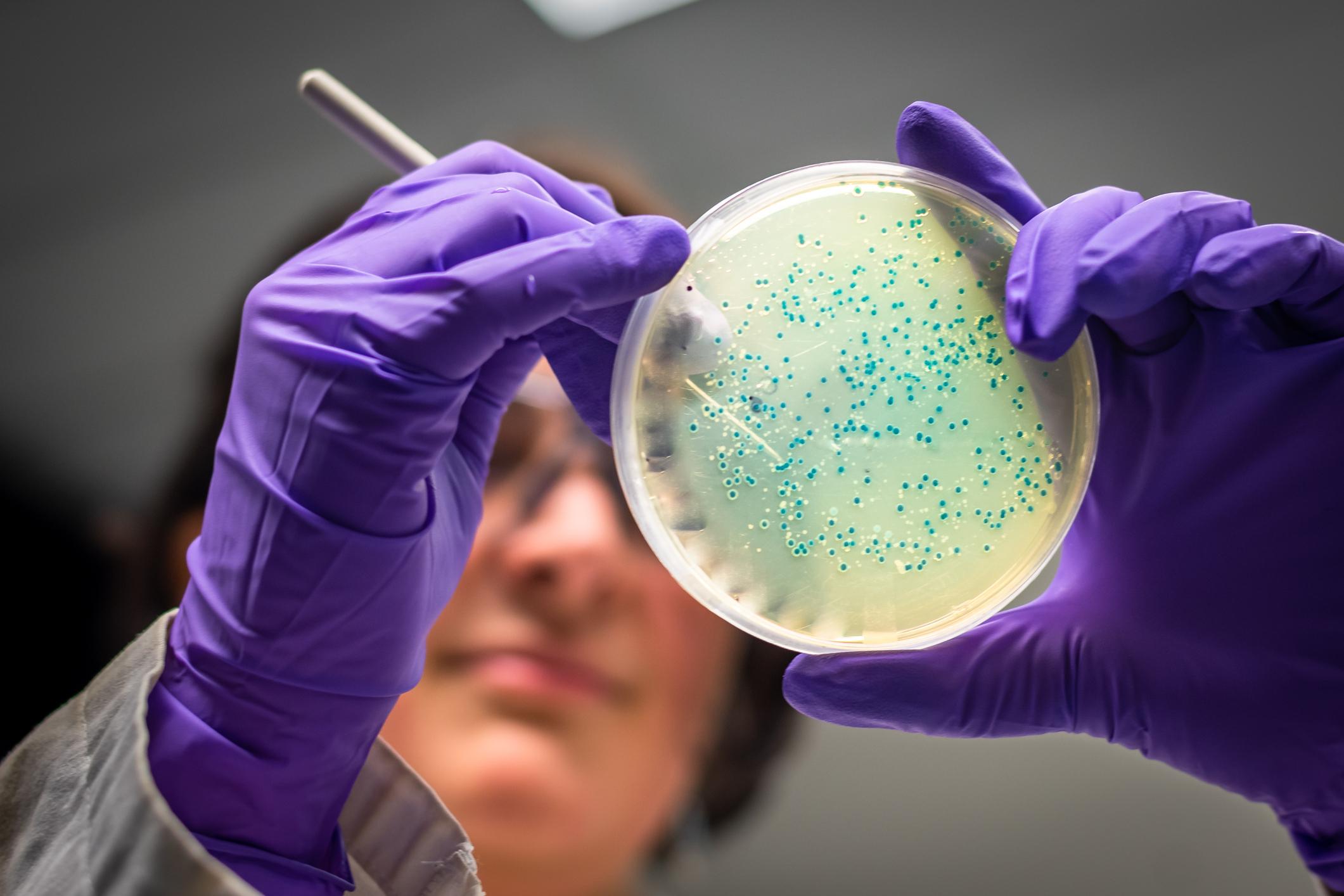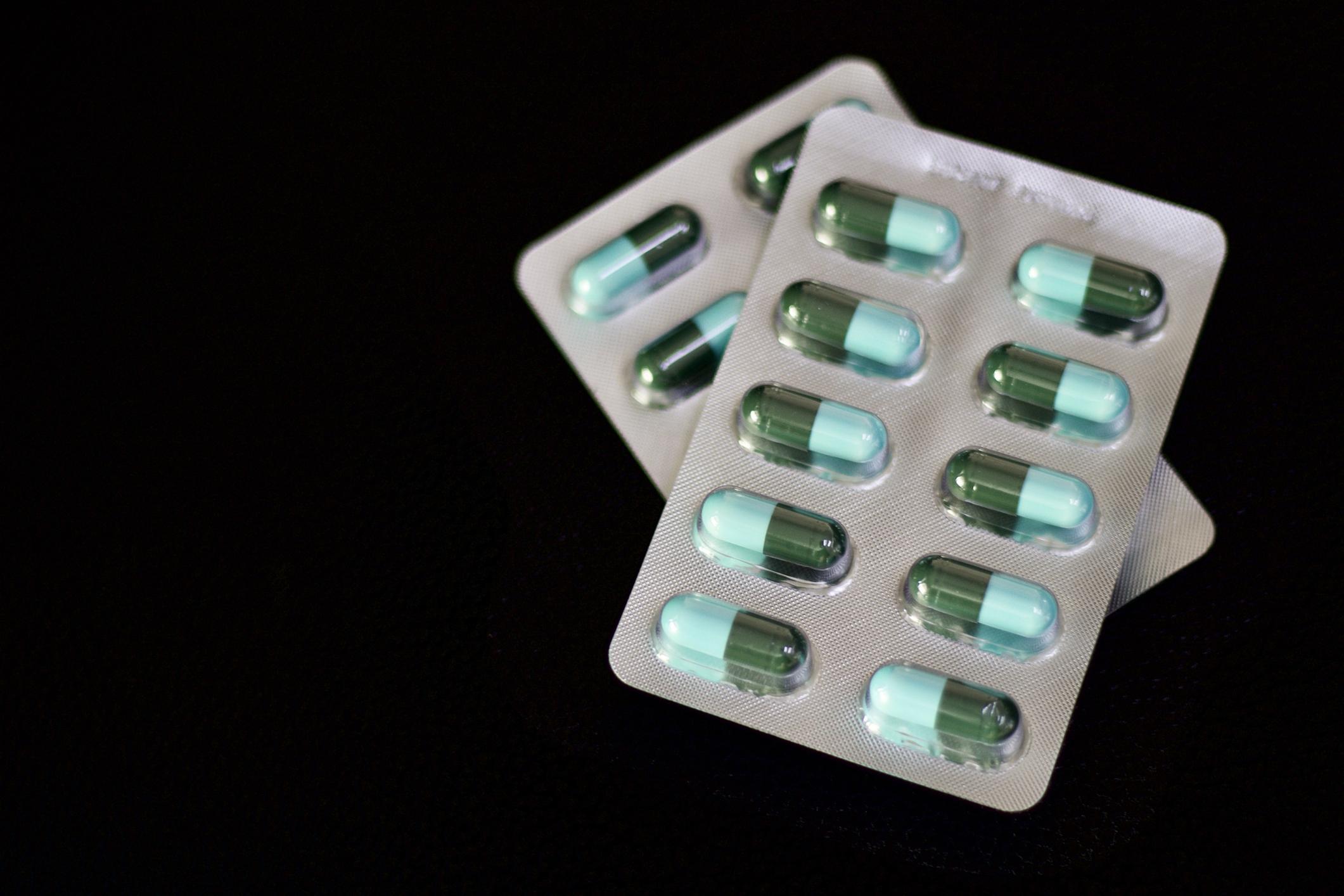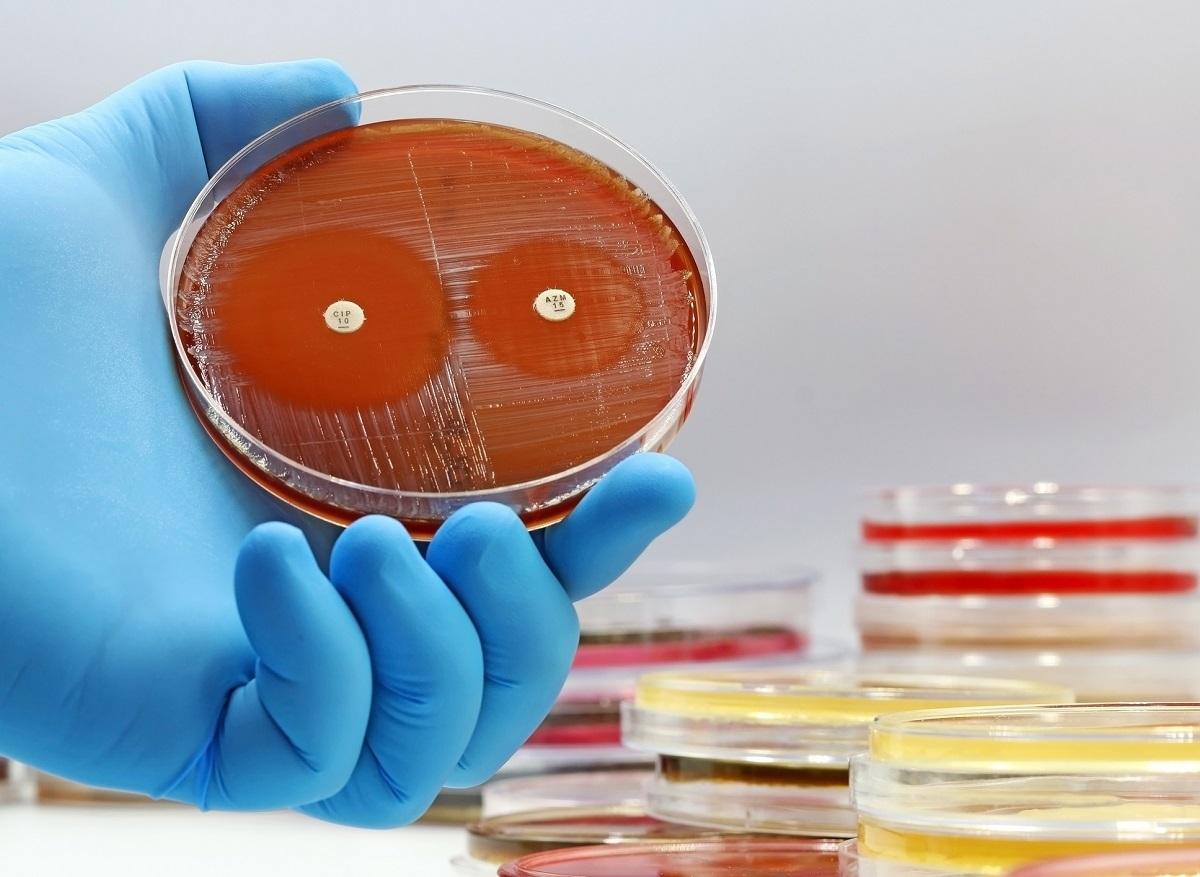Detecting bacteria that cause a urinary tract infection more quickly and more precisely: this is the goal of a British team. A device divides the analysis time by 4.

Antibiotic resistance is a very real threat. To fight against excessive use, British researchers have developed a DNA sequencing tool. It quickly identifies the bacteria causing urinary tract infections and identifies cases of resistance. The first results are presented in Congress of the American Society for Microbiology, which takes place in San Diego (California, United States), from September 17 to 21.
The problem of over-processing
“Urinary tract infections are one of the major reasons for prescribing antibiotics,” explains Prof. David Livermore, co-presenter of the study. Most of the time, they are moderate and affect only the lower parts of the urinary tract, but some are more worrying. In the latter case, treating quickly is important to prevent the infection from spreading into the blood.
But laboratory tests require one to two days of culturing the bacteria. In this interval, a massive approach is adopted: patients are given broad spectrum antibiotics, in high doses. Secondly, the treatment is refined. “This means that some patients are over-treated, which contributes to the problem of antibiotic resistance. But it also means that a growing number of patients with bacteria resistant to a wide range of drugs are being taken out of treatment. It can be fatal, ”says Prof. Livermore.

Better manage stocks
The tool developed by the team at the University of East Anglia (United Kingdom) is the size of a USB key. But it detects bacteria 4 times faster than its laboratory counterpart. The reason is simple: he does not culture the bacteria, but examines the urine sample directly.
“Such rapid results will make it possible to refine the treatment of patients much earlier; it is beneficial for the patient, who receives the right antibiotic, and for society, which can better manage its limited stocks of antibiotics, ”said Dr. Justin O’Grady, who presented the results.
The precision of the tool still needs to be fine-tuned. At the moment, only the heaviest infections can be detected. The researchers also want to improve the prediction of bacterial mutations that can lead to resistance.
.








